WHAT are funnel chanterelles and how to store them for winter?
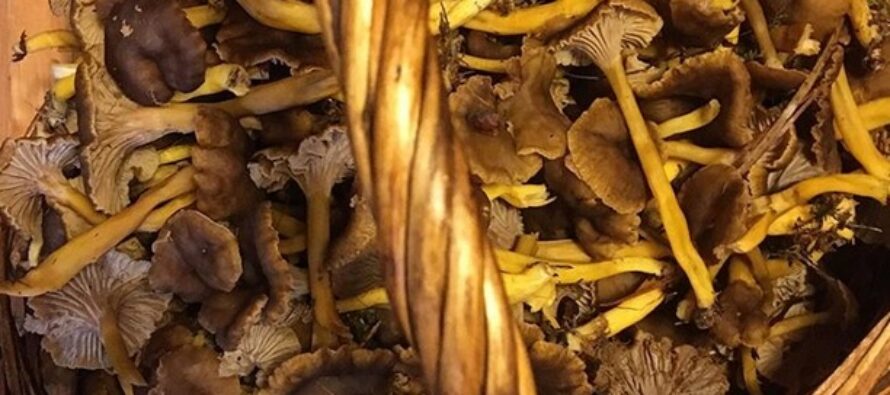
NordenBladet – Yellowfoot chantarelles (Cantharellus aurora) and funnel chantarelles are very popular food mushrooms in the Nordic countries (especially in Finland), which, in addition to the golden chanterelles (Cantharellus cibarius), are also gaining popularity in Estonia. Funnel chantarelles are relatively difficult to notice because, due to their yellowish-brown color, the mushroom colonies resemble fallen tree leaves in autumn and thus blend well with the surroundings. They can be harvested from August to November.
But if you already find funnel chantarelles (Craterellus tubaeformis) in a coniferous or mixed forest, it is very easy to pick them because they grow together. As they are not eaten by worms, you don’t need to check the mushrooms before putting them in your basket. It is also convenient to transport them because chantarelles are very wiry and do not break so easily. In the absence of a basket, they can also be temporarily carried / placed in a plastic bag or backpack.
The funnel chanterelle cap is 2 to 6 cm in diameter, funnel-shaped, grey to dark brown with its edge curled downwards. The underside of the cap is grey or waxy yellow and resembles spore leaves. The gills are either light grey or bluish grey, branching and descending towards the stem. The stem is 3–5 cm high, 0.5–1 cm in diameter, cylindrical, hollow inside, springy-wiry, pale yellow to dark yellow in colour.
How can you prepare chantarelles?
It is not necessary to scald or boil funnel chantarelles for food. Boiling also makes the mushrooms chewy. It is therefore advisable to scald and / or fry the fresh chopped mushrooms, which have been previously washed, or cleaned with a damp cloth or a brush, in a pan. Mushrooms can also be frozen raw, but they lose their structure and turn into a mash when thawed. To prevent the mushrooms from burning to the bottom, they must be mixed gently during frying. Next, make a delicious mushroom sauce, mushroom pie or let it cool and put in the freezer. Butter sautéed mushrooms stay fresh in the freezer for about three months, lard sautéed mushrooms for half as long (up to half a year). Frozen raw mushrooms stay fresh even longer.
In this way, all the mild-tasting mushrooms that do not need to be scalded can be preserved: chanterelles, boletes, funnel chanterelles, hedgehog mushrooms, orange milk caps, saffron milk caps, champignons, parasol mushrooms, sheathed woodtuft caps, etc.
Natural medicine views chanterelles very highly because they outshine all other mushrooms thanks to their beneficial properties. They have anti-tumor effects, they help boost the immune system, provide support in case of inflammatory processes and are a natural antibiotic.
Chanterelles contain many different vitamins — vitamin D and vitamins B (mainly B1, B3). The mushrooms contain several times more beta-carotene than carrots, so in traditional medicine and home witch kitchens, the preparation of chanterelles is used to correct vision and in case of loss of night vision. However, the most wonderful feature of chanterelles is that they contain quinomannose, which helps in helminthiasis, i.e. they actually fight all worms in the human body. No other mushroom has such a property—not only to scare away and remove parasites from the body, but to surround the parasite’s eggs and dissolve them in a film—and neither has it been observed in any plants. If they are consumed for alternative treatment, it must be remembered that the mushrooms must be used raw, dried or powdered (dried at max +40 C!). Heating destroys the antiparasitic effect of the mushroom.
Folks have used chantarelles to help treat the following problems:
– anthelmintic effects (giardiasis, ascariasis, etc.)
– liver diseases (hemangiomas, fat build-ups, hepatitis)
Chanterelles are one of the fattest mushrooms, containing up to 0.4 percent fat. They are difficult to digest, but rich in vitamins, minerals and micronutrients. Their protein content is 2.5 percent. But mostly chantarelles contain water: 91–93 percent. The energy content of 100 g of chanterelles is 30 kcal. Thus, the best known and most loved mushroom in our forests is actually a superfood. There are few people who do not know or have never eaten chanterelles.
How to make a beneficial chantarelle tincture?
When using dry chanterelle powder, take 5 tablespoons of the powder and place in a clean and airtight half-liter glass jar. Pour on mild 40% vol. vodka, fill the jar to the rim and close with a lid. Place the jar in a warm dark place for two weeks. Shake lightly once a day. When the tincture is ready, filter it through a paper coffee filter at least 3 times. Pour the filtered tincture into a clean dark bottle and keep in the dark.
Take 1 tablespoon in the evening with warm tea, as a course of at least three weeks; for children at 5 years of age, 1 teaspoon.
Put in a hot tea, let it stand for at least 5 minutes. Drink before going to bed when the tea is ready to drink and the alcohol has evaporated. It is good to repeat the course every 1–2 months.
When using fresh chanterelles, clean and wash the mushrooms, drain and cut them to size of a fingertip, and place in a glass container. Lightly fill the container and pour 80% vol. grain-based quality alcohol on top. Fill the container to the rim and close with a lid so that no air is trapped inside. Seal airtight, place in a dark and warm place for two weeks. When the level of the alcohol drops, refill to the rim.
All subsequent steps are the same as described above.
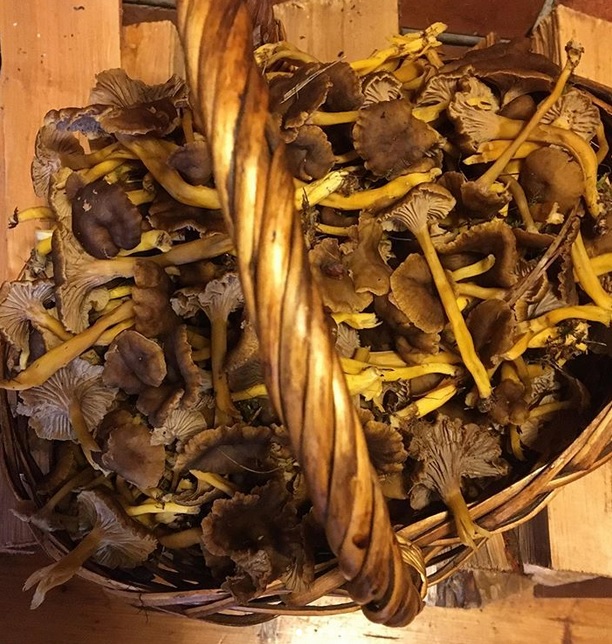
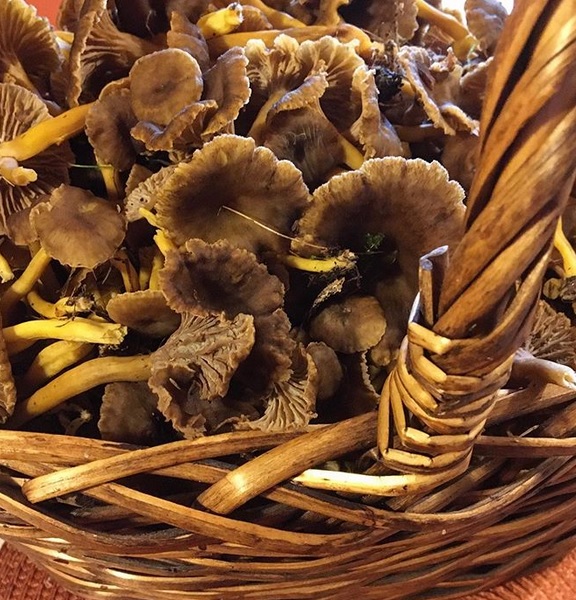
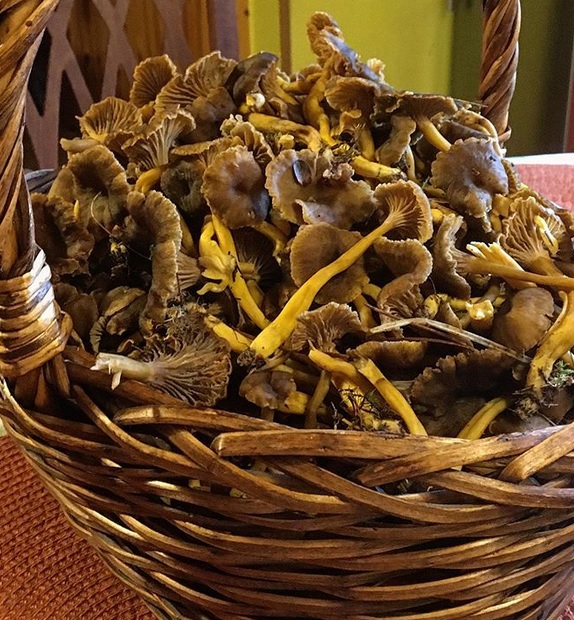
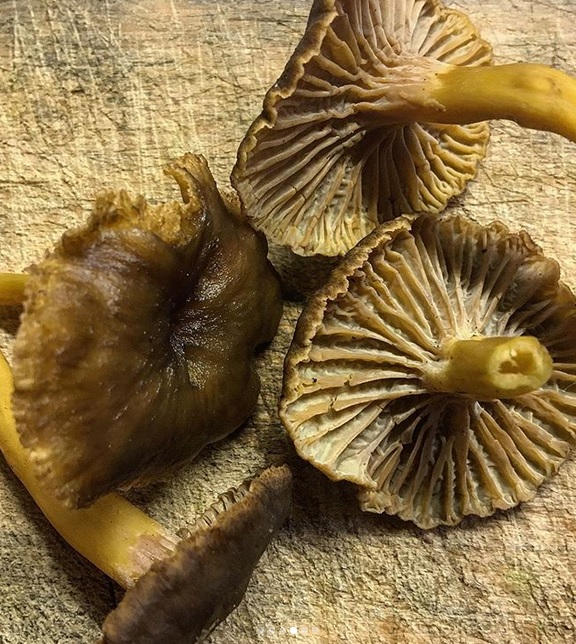
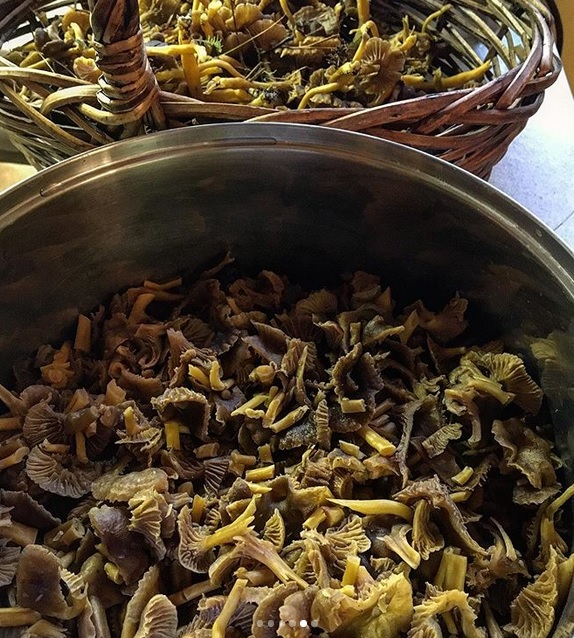
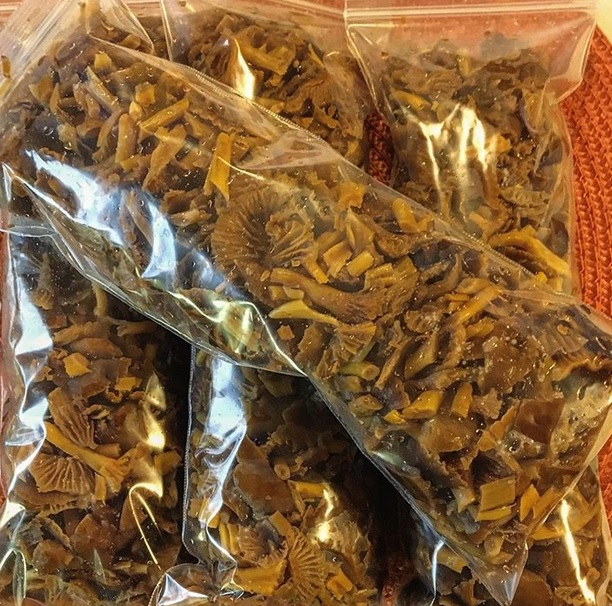
Photos: 6x NordenBladet / Helena-Reet Ennet
Source: NordenBladet.ee
 High quality & nature friendly luxury cosmetics from Scandinavia - ElishevaShoshana.com
High quality & nature friendly luxury cosmetics from Scandinavia - ElishevaShoshana.com

